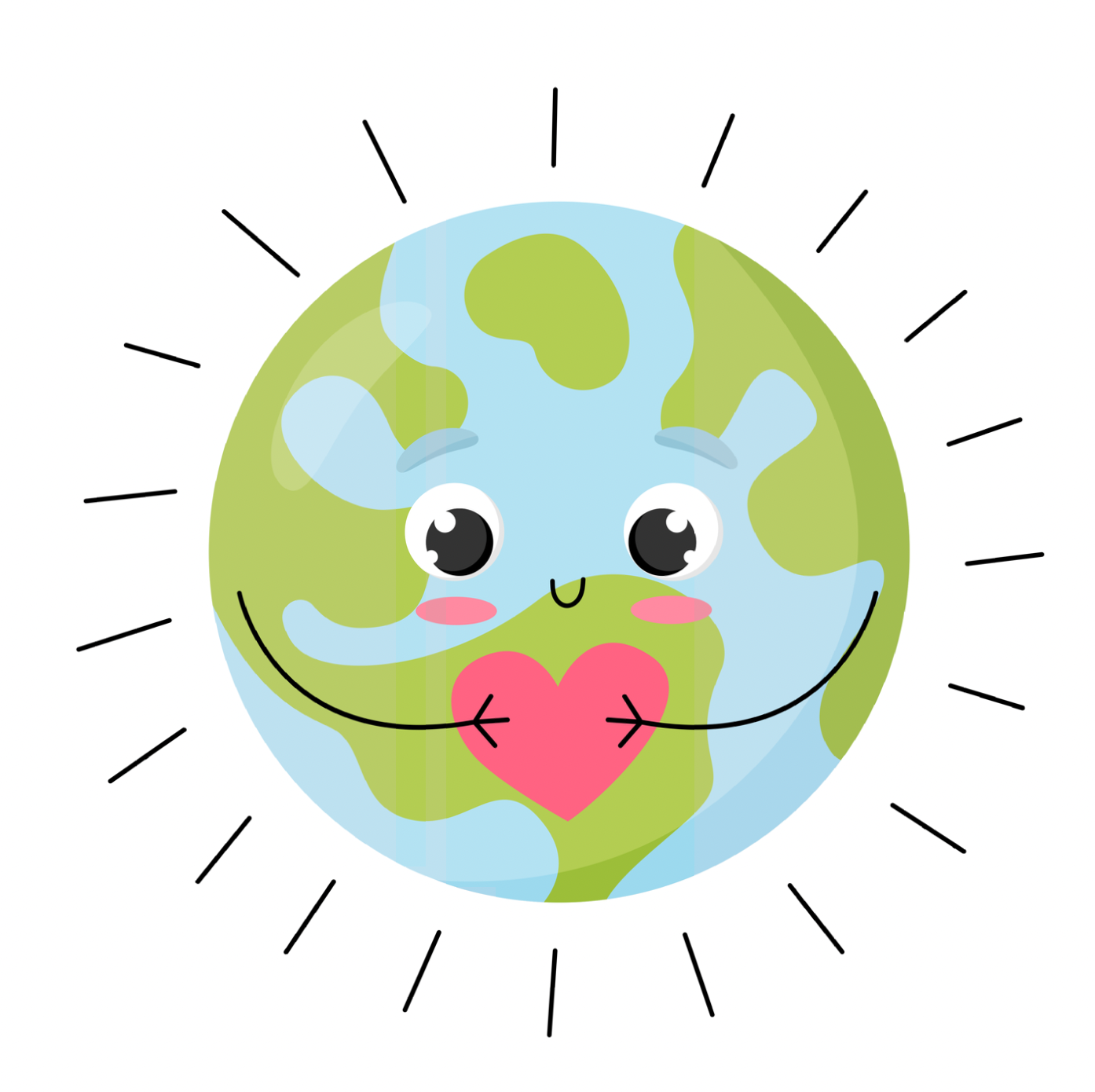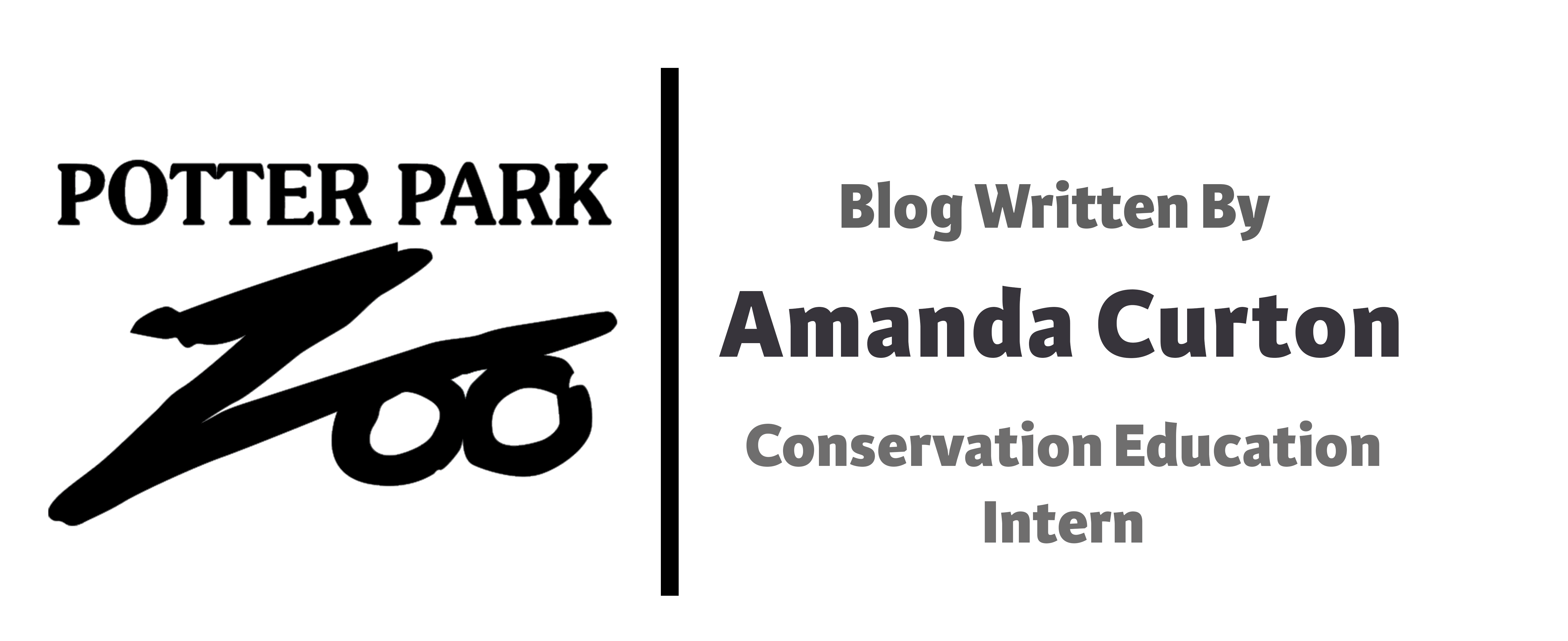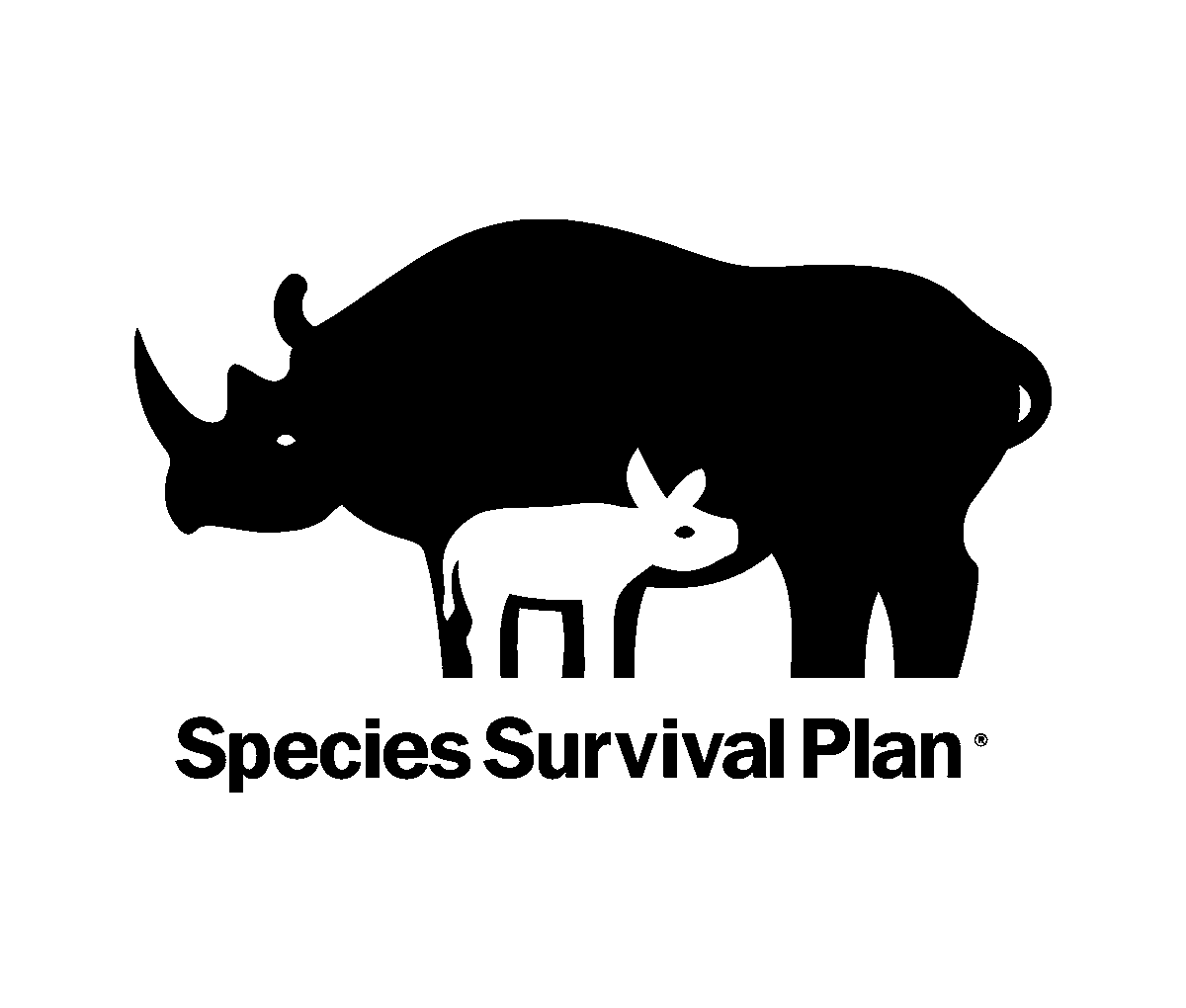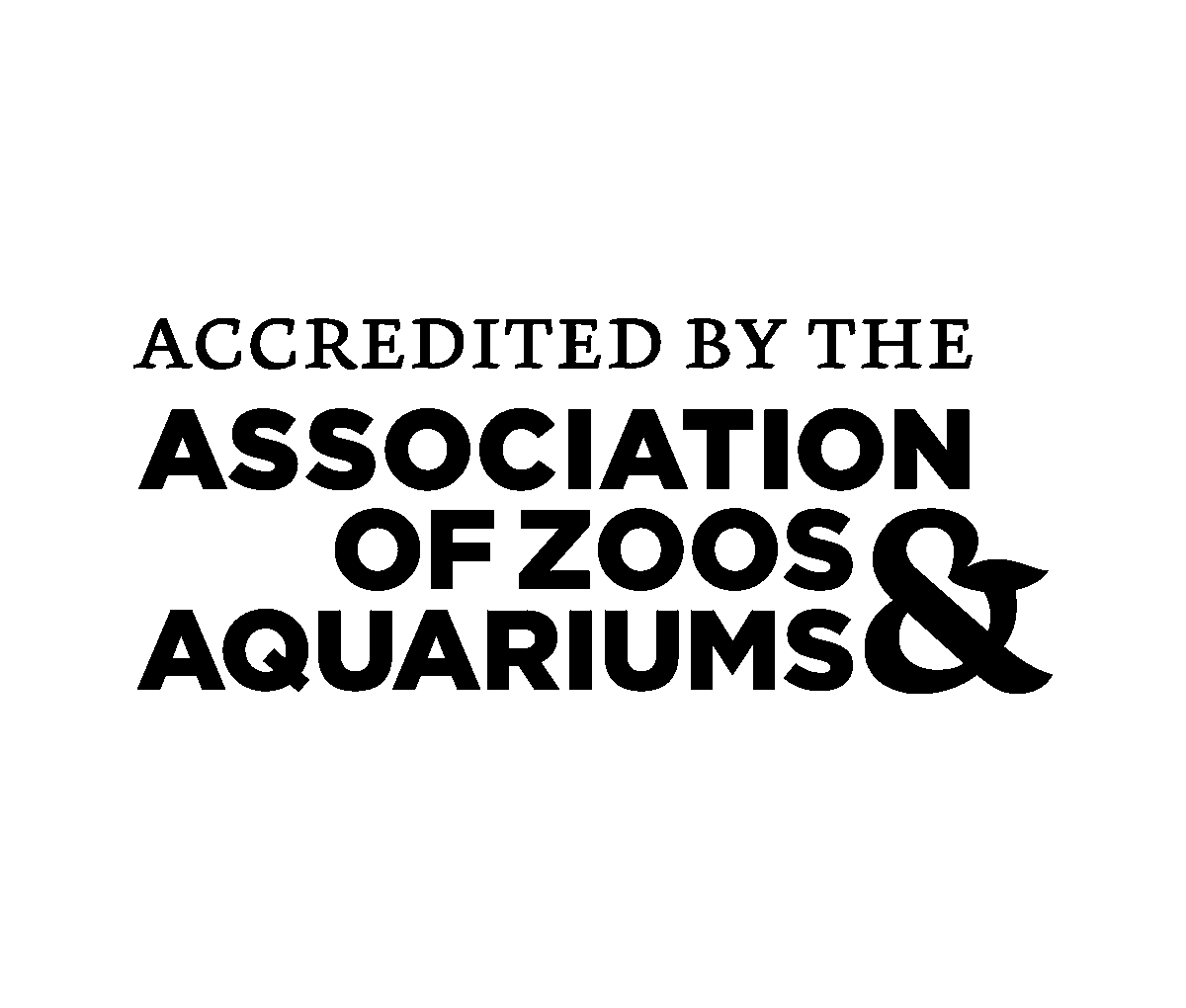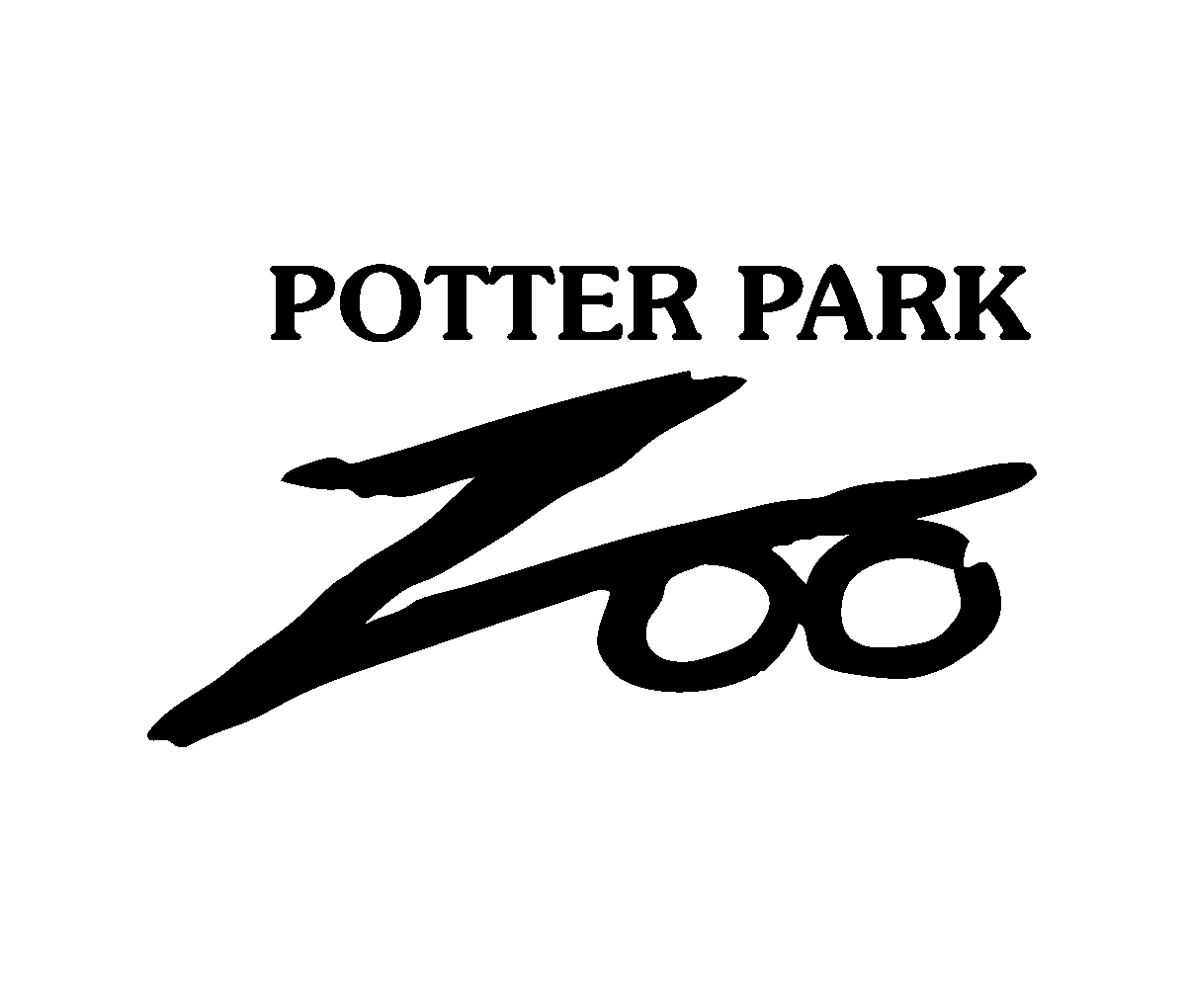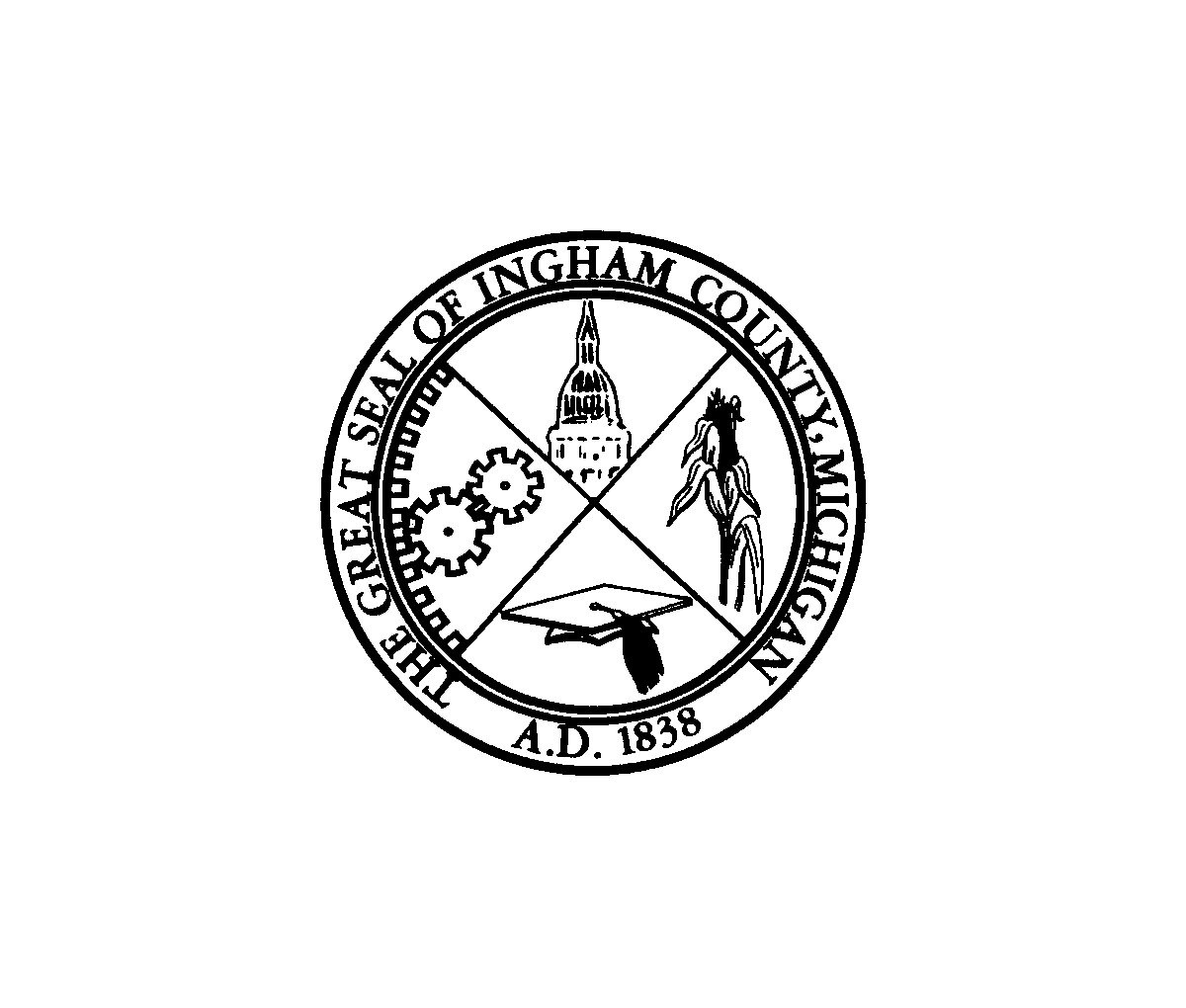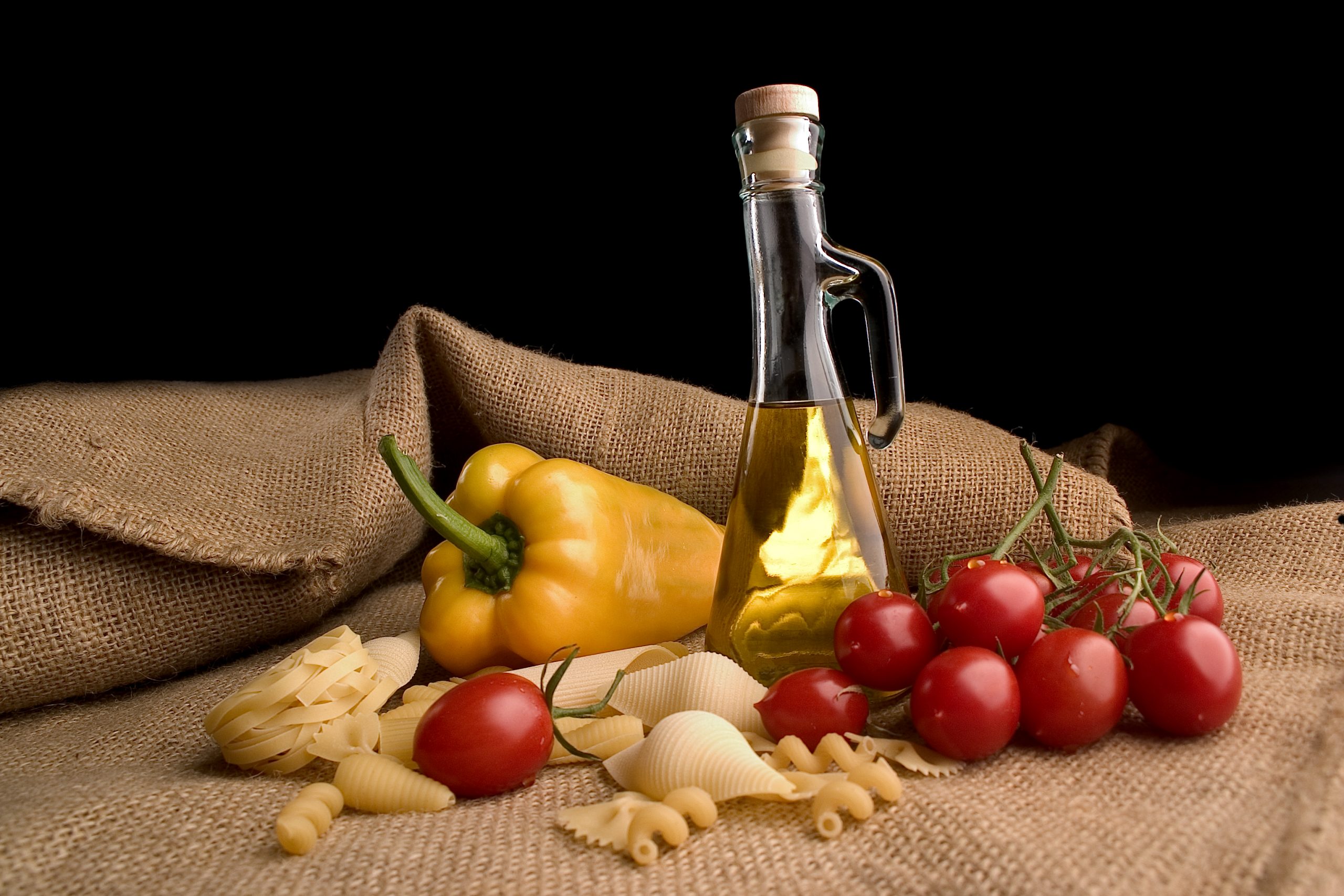 Eating. It’s the most normal thing there is. Eating gives us energy, it sustains us, it gets us through our day. Food is an essential part of our lives, our cultures, and our identities. We mark momentous occasions in our lives with food. We go to restaurants to celebrate birthdays, promotions, graduations, and we bring casseroles to our neighbors when they have experienced a loss. We express ourselves through food!
Eating. It’s the most normal thing there is. Eating gives us energy, it sustains us, it gets us through our day. Food is an essential part of our lives, our cultures, and our identities. We mark momentous occasions in our lives with food. We go to restaurants to celebrate birthdays, promotions, graduations, and we bring casseroles to our neighbors when they have experienced a loss. We express ourselves through food!
It is no secret that recent restrictions have changed the way that we celebrate with food. Lately, we might just find ourselves celebrating at home with takeout from our favorite diner – and a heaping pile of trash!
This piece is the first in a series that will attempt to shed some light on the problem that is single-use food packaging and will attempt to beg the following question: is all of this packaging a necessary evil or can we easily do better? And what exactly is our responsibility to our planet?
The Problem: Foam Plates and Bowls
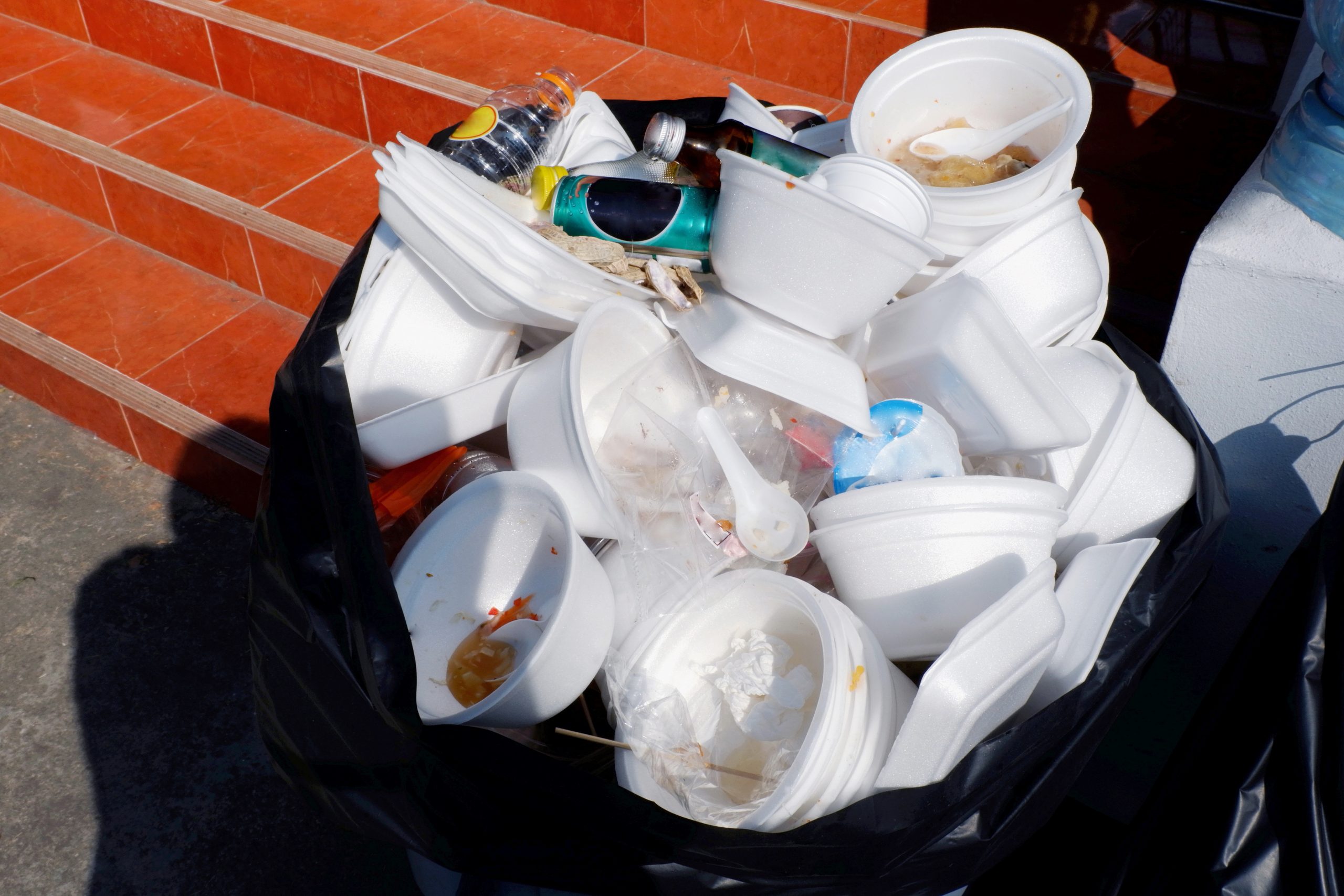 A plate or bowl is an essential part of any meal. It is the best way to keep a meal together in one place without it ending up on the floor or your shirt. When in a restaurant or when cooking at home, the meal is typically served on a glass or ceramic dish, which is great! These types of dishes can be washed and used again and again, but they aren’t the best for an outdoor picnic.
A plate or bowl is an essential part of any meal. It is the best way to keep a meal together in one place without it ending up on the floor or your shirt. When in a restaurant or when cooking at home, the meal is typically served on a glass or ceramic dish, which is great! These types of dishes can be washed and used again and again, but they aren’t the best for an outdoor picnic.
This leads to using a different type of plating – foam plates and bowls.
Plates and bowls made of foam are the most common (and most harmful!) type of to-go item. The foam is actually polystyrene or plastic #6 and can be easily recognized by its trademark crunch when bent. Polystyrene is popular due to its ability to be molded into every shape possible, but it may be more trouble than it’s worth. What you may not know about foam is that it lasts forever. LITERALLY. It is estimated that it will take 1,000 to 100,000 years for polystyrene to break down, meaning that every single thing that was ever made of this moldable plastic is still around today. That’s a lot of plastic!
How bad is it?
Unfortunately, polystyrene, or plastic #6, is bad right from the start. Basically, polystyrene is a resin that is made from a hydrocarbon (a compound composed of Hydrogen and Carbon, like petroleum) going through a chemical process then being “puffed” with Carbon Dioxide so that it becomes hard, yet still soft to the touch. If the fumes are breathed in or if any part of the substance touches the skin before the polystyrene is fully formed, it can be harmful to the human nervous system. Despite these risks, plastic #6 is so versatile that it is produced all over the world for everything from plates to insulation to packing peanuts.
But it will go away someday, right?
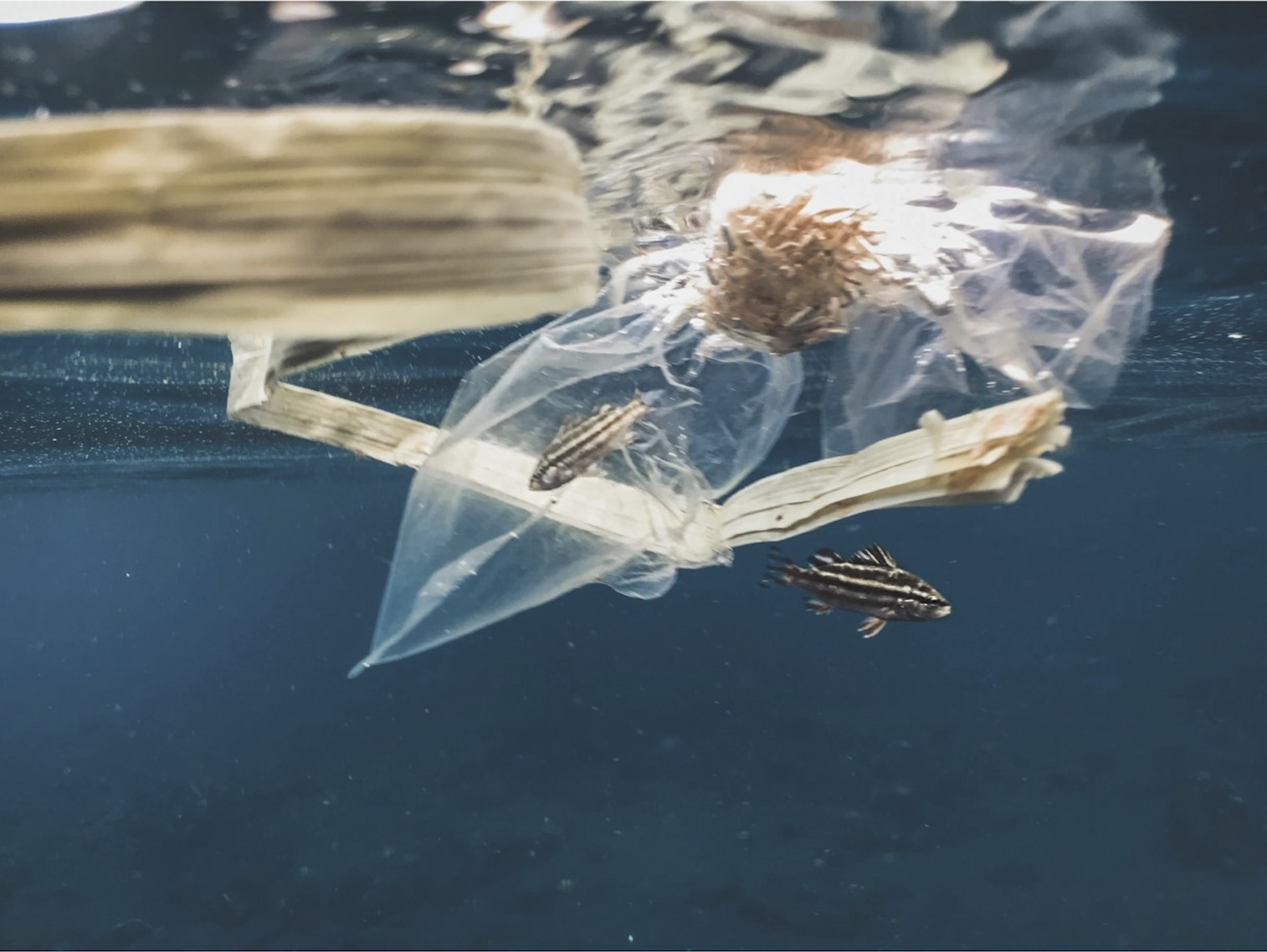 It could take the next 10-100 centuries for the plastic plate you used for lunch to disappear – but that’s only mass, or the space that something takes up. In order for something to be considered biodegradable, it has to be able to break down until there is nothing left. When plastic #6 breaks down, it is even more harmful in its smaller parts than it is when it is still a plate. As it breaks down, the harmful chemicals that made it, along with microscopic pieces of plastic, enter our soils and bodies of water, where they will be eaten by animals and be absorbed by marine life – which will later be consumed by humans, causing harm to our own bodies! Each piece of polystyrene is stuck in a cycle that it will never escape.
It could take the next 10-100 centuries for the plastic plate you used for lunch to disappear – but that’s only mass, or the space that something takes up. In order for something to be considered biodegradable, it has to be able to break down until there is nothing left. When plastic #6 breaks down, it is even more harmful in its smaller parts than it is when it is still a plate. As it breaks down, the harmful chemicals that made it, along with microscopic pieces of plastic, enter our soils and bodies of water, where they will be eaten by animals and be absorbed by marine life – which will later be consumed by humans, causing harm to our own bodies! Each piece of polystyrene is stuck in a cycle that it will never escape.
What about recycling?
Recycling is great! It takes something that is no longer useful and makes it useful again without filling up a landfill somewhere. While some commercial-grade polystyrene products are recyclable, unfortunately, any polystyrene that has touched food at some point is not eligible to be recycled. This is due to plastic #6 being a plastic that is melted down as it is processed into a different product. If food has ever touched it, no matter how thoroughly it has been washed, there is a chance that food materials could be melted down as well and carried over into the new product.
Is there hope?
I know that this seems bleak, but there is hope! Thankfully, some manufacturers have taken notice of the plastic problem invading Earth, so they have begun developing more eco-friendly products.
The Solution:
Here at Potter Park Zoo, we use EarthChoice™ products (among others!), which are sustainably made from bamboo and sugarcane fibers – both are compostable and recyclable! Sustainable fiber-based products are just as sturdy, non-absorptive, and heat/cold resistant as the products that may feel more familiar at the grocery store. EarthChoice is primarily a commercial supplier, but no fear! You will find a list of more accessible substitute products below:
· Brheez™ Products
– Made from sugarcane pulp fiber, bamboo, or palm leaf
– Biodegradable and compostable
– Especially elegant design
– Sold at https://brheez.com
· Birchio™ Products
– Made from sugarcane fiber
– Compostable
· GreenTree™ Products
– Made from sugarcane fiber
– Biodegradable and Compostable
– Sold at http://customcutleryinc.com/greentree/
· CantaGreen™ Products
– Made from sugarcane and bamboo fiber
– Biodegradable and compostable
· Chic Leaf™ Products
– Made from palm leaves
– Biodegradable and Compostable
– Pleasing wood aesthetic
– Sold at https://www.chicleaf.com
We as humans are facing a unique problem today that only we can solve. The mountain of garbage that we are facing is sky-high and seemingly impossible to conquer, but every plate that degrades into the ground instead of ending up atop the mountain is a success. Each and every one of us has the power to make a real difference – why not start today?
